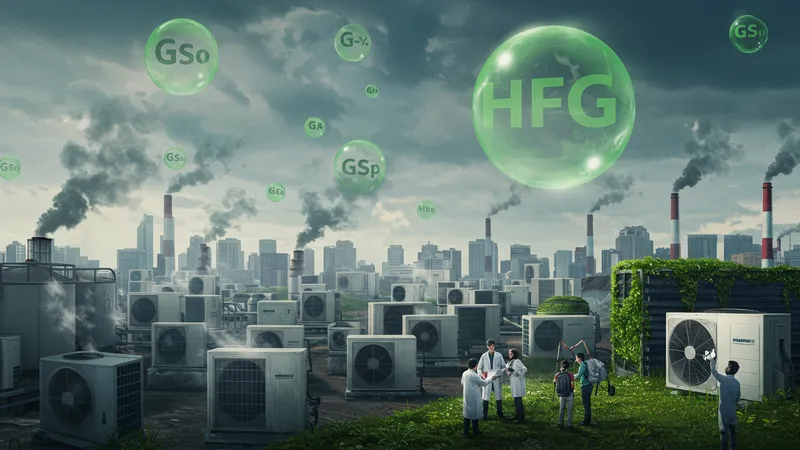
The Essential Guide To Air Conditioners: Cooling The Modern World
The Environmental Impact of Air Conditioners
Air conditioners might be essential for our comfort, but they come with a hidden cost to our environment. As they demand more electricity, our collective carbon footprint increases. This is particularly alarming when considering the predicted tripling of global usage by 2050. The environmental implications are massive, pushing scientists and activists to seek sustainable solutions.

Many of these units use hydrofluorocarbons (HFCs), powerful greenhouse gases that contribute to global warming. The Montreal Protocol addresses this issue, aiming to phase out HFCs and replace them with more eco-friendly alternatives, but will users and manufacturers adapt quickly enough? The race is on, but hold on, there’s more…
Intriguingly, newer models are incorporating smart technology that automatically adjusts settings based on room occupancy and outdoor temperature. This innovation not only improves efficiency but significantly reduces energy consumption, offering a glimmer of hope for eco-conscious consumers. Yet, is this upgrade readily available to all?
Despite advancements, older units continue to operate inefficiently, exacerbating energy issues. Transitioning from old to new technology isn’t as smooth as it might seem, with costs and awareness posing significant challenges. What you read next might change how you see this forever.